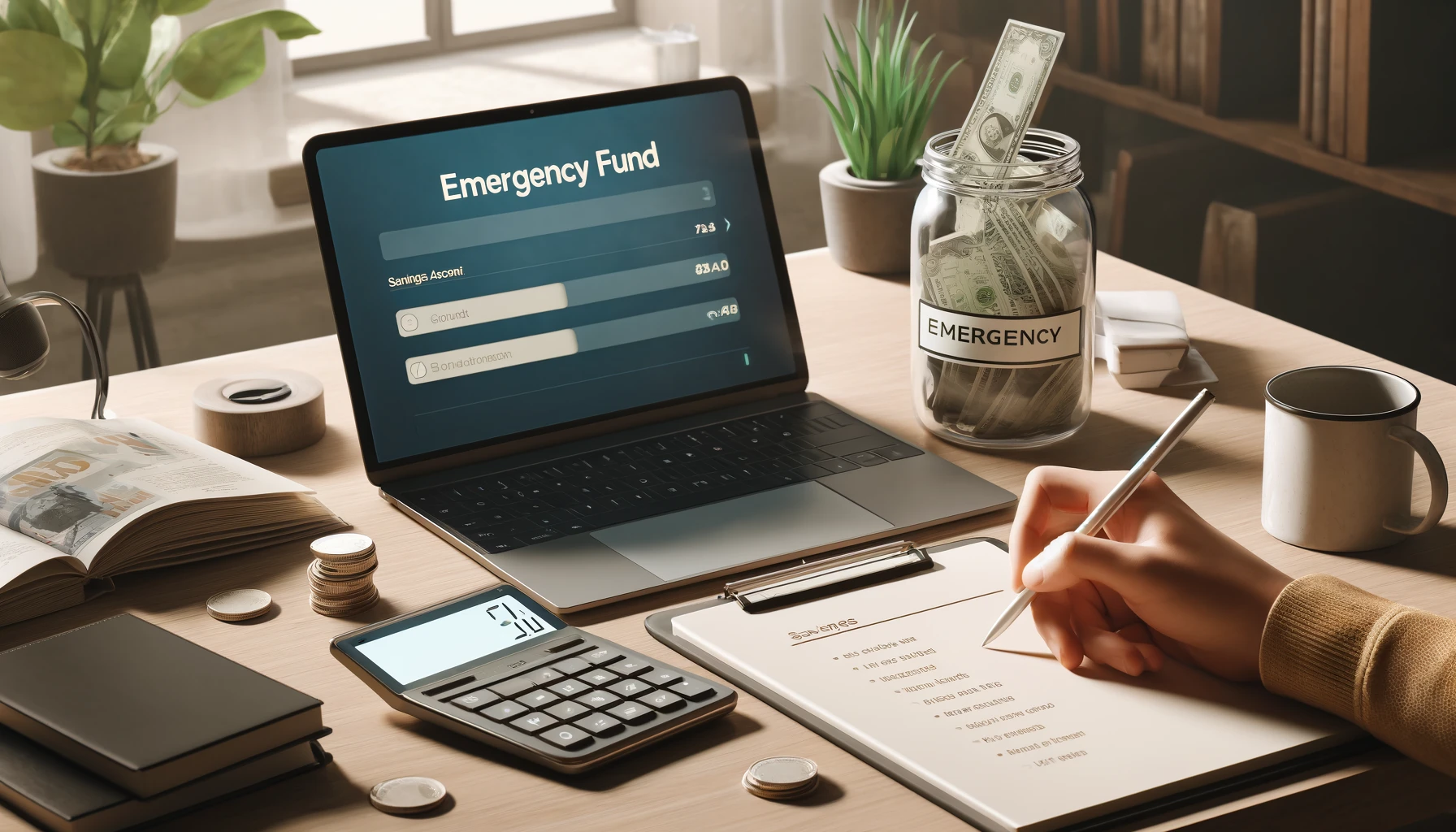An emergency fund is an essential part of any financial plan, providing a safety net in case of unexpected expenses, such as medical bills, car repairs, or job loss. However, building an emergency fund can seem daunting when you have a low income. The good news is that it’s possible to start saving for emergencies, even on a tight budget. Here are some practical tips to help you build an emergency fund, no matter your income level.
1. Start Small and Set Realistic Goals
When you’re starting an emergency fund on a low income, it’s important to start small. Even saving just $10 or $20 a week can add up over time. The key is consistency. Set a realistic goal based on your current financial situation, and start with a small, achievable target. For example, aim to save $500 or $1,000 as your initial emergency fund. Once you’ve reached that goal, you can continue saving for larger emergencies or unexpected costs.
2. Automate Your Savings
One of the easiest ways to save for an emergency fund is by automating the process. Set up an automatic transfer from your checking account to a separate savings account each payday. Even if you can only save a small amount each time, automating the transfer ensures that you’re consistently putting money aside for emergencies.
Many banks offer free savings accounts with automatic transfer options, and some even allow you to round up your purchases to the nearest dollar and deposit the change into your savings. Automation makes saving effortless and ensures you’re prioritizing your emergency fund before spending on non-essential items.
3. Cut Back on Non-Essential Spending
To build your emergency fund, it may be necessary to cut back on non-essential spending. Take a close look at your budget and identify areas where you can reduce costs. For example, consider cooking at home instead of dining out, canceling unused subscriptions, or buying generic products instead of name-brand items.
Even small reductions in your spending can help you redirect money toward your emergency fund. Set aside the amount you would normally spend on non-essential items and deposit it directly into your savings account.
4. Use Windfalls or Extra Income
Whenever you receive extra money, such as a tax refund, work bonus, or gift, consider putting a portion (or all) of it into your emergency fund. These unexpected windfalls provide an excellent opportunity to give your savings a boost.
If you have a side hustle or freelance work that brings in extra income, use that money to contribute toward your emergency fund. The more you can save, the faster you’ll reach your goal.
5. Keep Your Emergency Fund Separate from Your Regular Spending Money
To avoid spending your emergency fund on non-emergencies, keep it in a separate account from your regular checking or spending account. Many banks offer savings accounts that allow you to easily transfer money in and out, but they also have features to discourage frequent withdrawals. For example, some accounts may limit the number of withdrawals you can make each month, which helps protect your emergency savings.
Keeping your emergency fund separate ensures that you’re only using it when absolutely necessary.
6. Take Advantage of Employer Benefits
If your employer offers benefits such as health savings accounts (HSAs), flexible spending accounts (FSAs), or retirement plans, take advantage of them. These accounts can help you save money on healthcare expenses or provide additional tax benefits. While these accounts are not specifically for emergencies, they can free up money in your regular budget to contribute to your emergency fund.
Check with your employer to see if they offer any programs that can help you save money for emergencies or reduce your expenses in other areas.
7. Find Extra Ways to Save
Look for additional ways to save money, whether it’s through cashback apps, couponing, or other discounts. For example, you can save money on groceries by using coupons or buying items in bulk. You can also save on transportation costs by using public transportation, carpooling, or walking instead of driving.
These savings can be redirected into your emergency fund, helping you reach your goal faster.
Conclusion: Building an Emergency Fund on a Low Income
Building an emergency fund on a low income requires discipline, patience, and consistency. Start small, automate your savings, and cut back on non-essential spending to make room for your emergency fund. By using windfalls and extra income, keeping your savings separate, and taking advantage of employer benefits, you can slowly but surely build an emergency fund that will give you financial peace of mind. Even with a low income, it’s possible to save for the unexpected, and every little bit counts.

On Trilha Riqueza, you’ll find effective strategies, investment tips, and a complete roadmap to navigate the path to wealth and achieve your financial goals.





